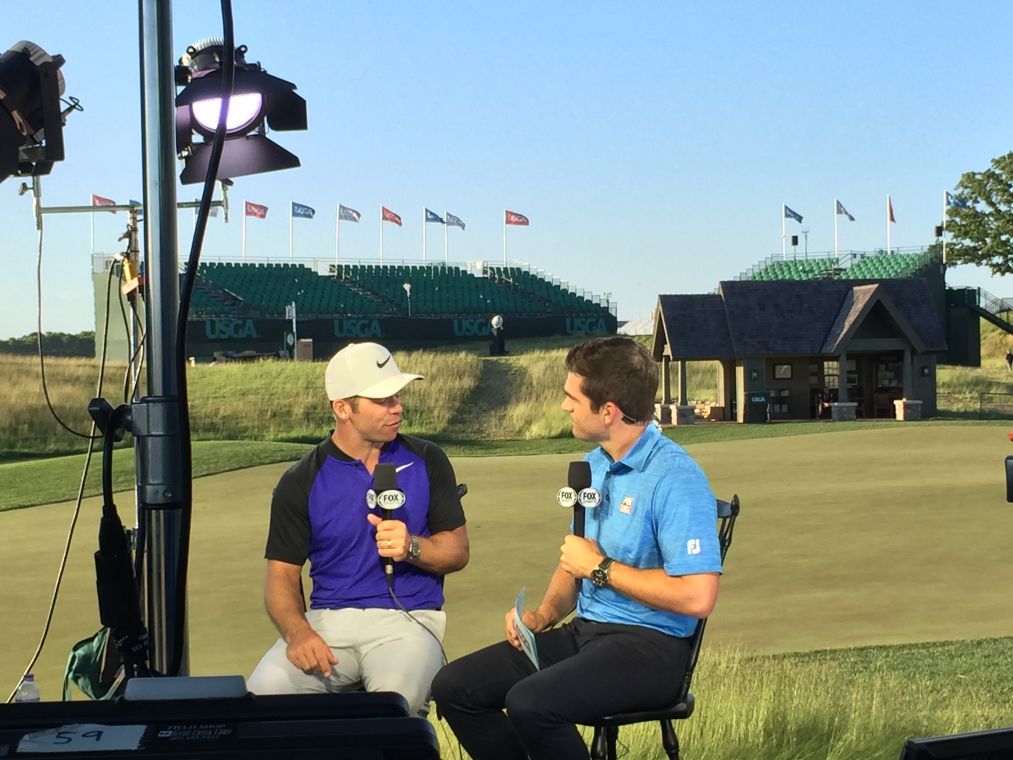When it comes to taking photos and videos, all light is not created equal. Almost everyone has shot a video that was too dark or taken photos that had a yellow tint. The problem isn’t the equipment – it’s the quality of the lighting.
When taking photos indoors, even flash and fill flash camera options won’t be enough to dispel the tones emitted by certain types of illumination sources. Undesirable light will adversely affect the entire mood and effect of the scene you’re trying to capture.
The angle of the light is equally important. Side lighting will throw harsh shadows and only illuminate one side of the subject, but can create some uniquely artistic perspectives. Frontal lighting makes it easy to reproduce colors, but can leave the subject looking faded, washed out or flat. Backlighting originating from behind the subject can make them seem nothing more than a silhouette, but can also produce some dramatic effects.
Taking photos outside in bright sunlight results in images that have sharp contrast, but it also increases the potential for dark shadows. A cloudy day produces softer, diffused light that minimizes shadows and reduces the amount of contrast.
The type of available illumination also affects videos and can create a vastly different effect than what was intended. A beautifully framed shot can easily transition into something that would be more appropriate for a horror movie or psychological thriller. The way lighting is placed can add texture, color and depth to the video and work to de-emphasize specific elements in the shot to guide the viewer where to look.
Light is even more important in photos and video than how the shot is framed. The way lighting is arranged creates different moods and effects within each frame whether it’s a still image or a video. Correct illumination seldom happens by accident. It’s one of the primary reasons that professional videographers and photographers are in such high demand.
Frank Gatto & Associates, Inc. are specialists in lighting for television events of all kinds. If you have an event that needs expert lighting, please call us today to see how we can help.
Phone: 561-368-0101
Email: frank@frankgattolighting.com
We can be found on Social Media at the following links.


